Liquid Penetrant Inspection (LPI)
check large surface areas for fractures, cracks, grinding, and joint flaws.
Have Questions About
Get in Touch: Email or Call Code Inspection and Testing Co. Today! (337) 504-5904
Non Destructive Testing Dye Penetrant Inspection (DPi)
Efficient method to test for surface flaws of welds, castings, and other components that cannot be destroyed.
Both LPI and DPI is based heavily around capillary action. Low surface tension fluid penetrates into a surface breaking discontinuities. The penetrant may be applied by dipping, brushing, or spraying. A timer is set and once an adequate amount has passed to allow the dye to penetrate into the surface all excess penetrant is removed, and a developer is applied. The developer assists to draw the dye out of the flaws where an invisible indication becomes visible. Normally DPI and LPI is carried out under an ultraviolet or white light.
Dye penetrant and liquid penetrant inspections are typically carried out in 6 steps:
- Pre-Cleaning– Parts must go through a pre-cleaning process (etch, alkaline or solvent-cleaning) before the liquid penetrant is applied. Improper cleaning can result in dirt and grime causing false results. Often covering up possible flaws or fractures.
- Application of Penetrants – the dye or penetrant is applied to the surface area of the material being tested and allowed proper ‘dwell time’ for the dye to seep into the material. Longer amounts of time allows for the dye to seep in and expose smaller fractures or defects.
- Excess Penetrant Removal – The excess penetrant is then removed from the surface. The removal method is controlled by the type of penetrant used.
- Application of Developer – developer draws penetrant from defects out onto the surface to form a visible indication, commonly known as bleed-out. Any areas that bleed-out can indicate the location, orientation and possible types of defects on the surface.
- Inspection – A trained and experience inspector will view the subject piece often under harsh lights to determine risks, and course of action.
- Post-Cleaning – The test surface is often cleaned after inspection and recording of defects takes place. From here it’s decided if the sample needs to be processed for further testing.

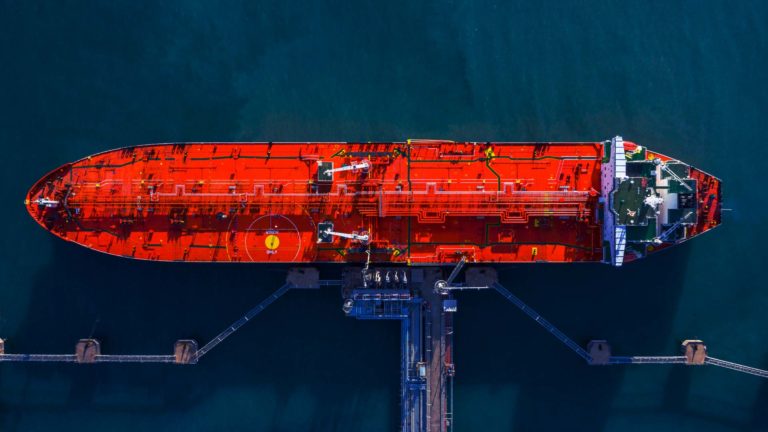
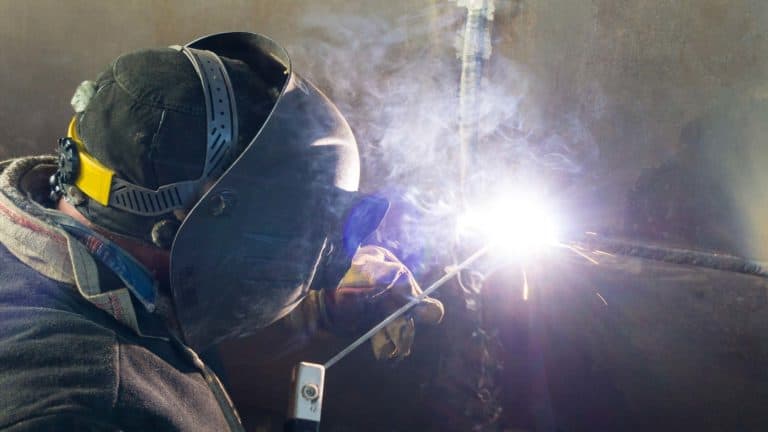
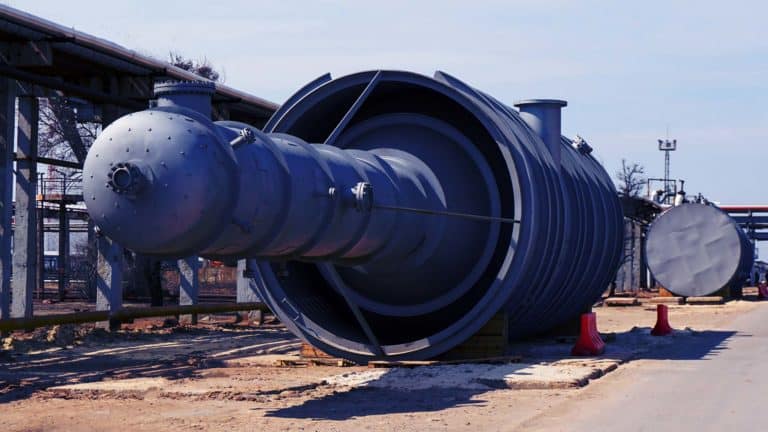
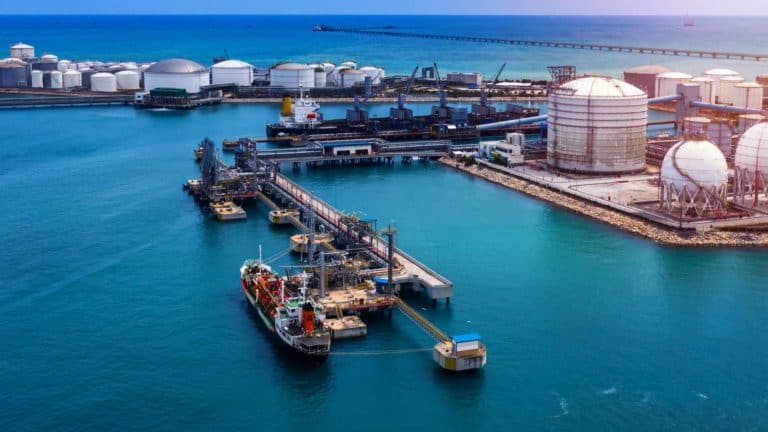
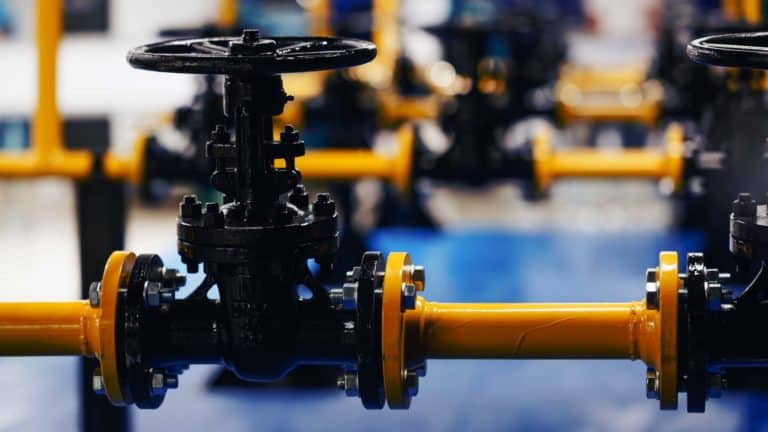
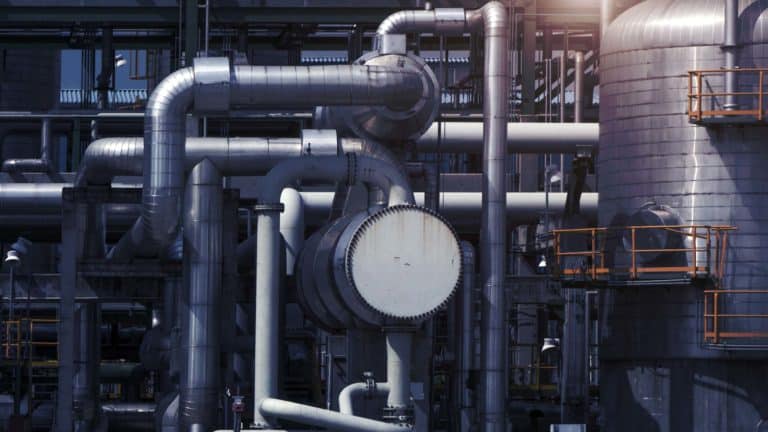
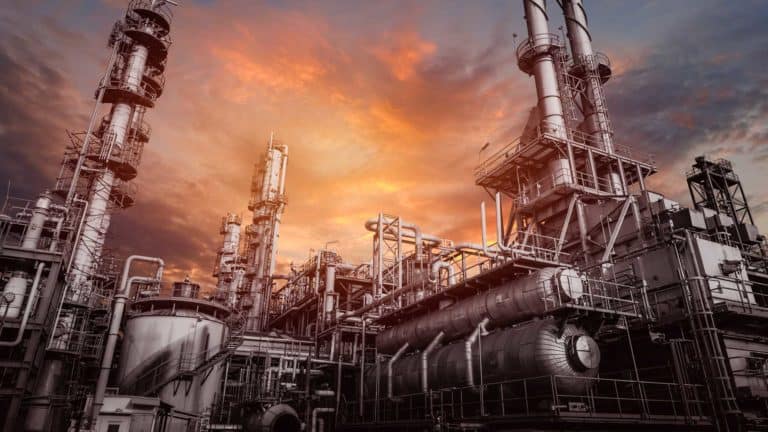



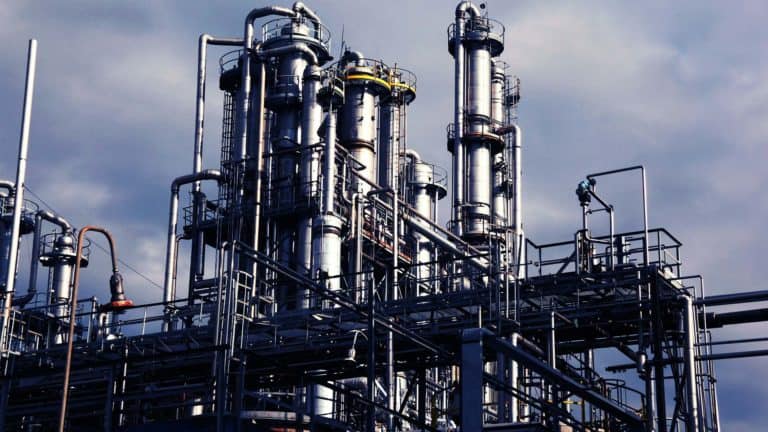
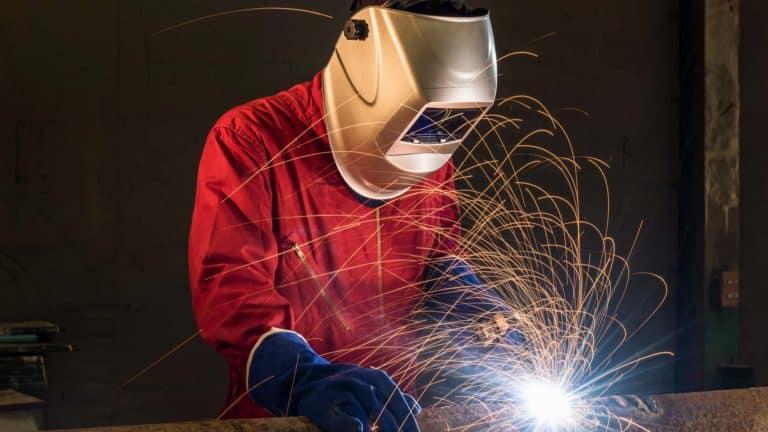
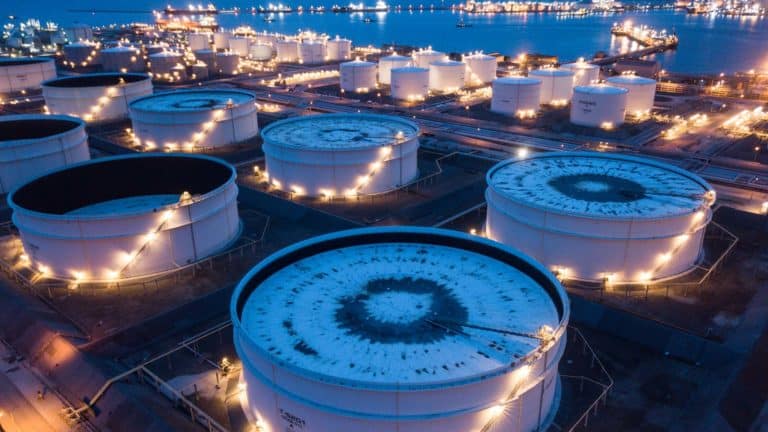
Advantages of Liquid Penetrant Solution
- Low-cost efficient method of testing large surface areas or large volume of parts/materials.
- Parts with complex geometry are routinely inspected.
- Affordable Equipment investment
- Indications are produced directly on surface of the part providing a visual image of the discontinuity.
Proudly Serving our Customers for over ten years
Get More With Code Inspection and Testing Co. Services